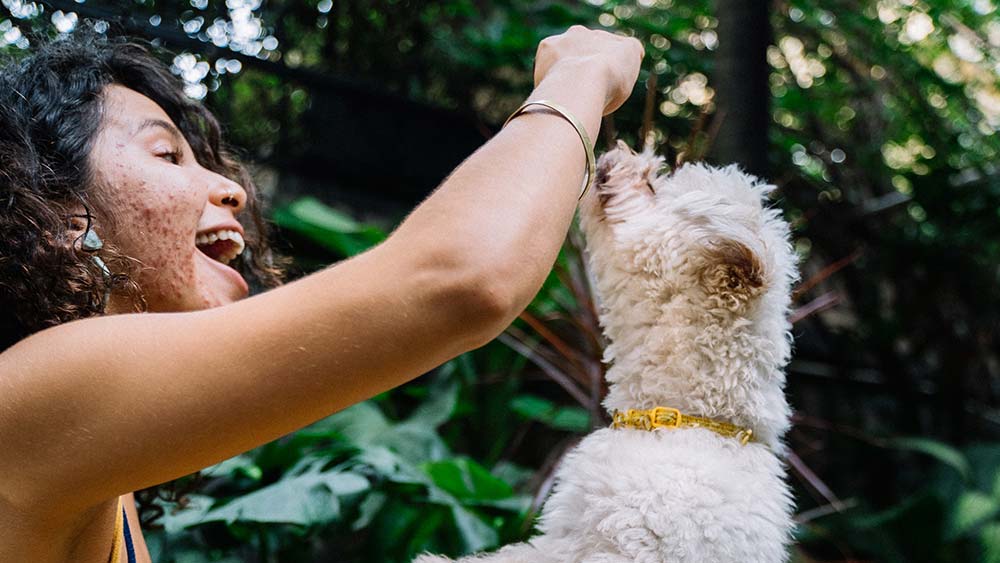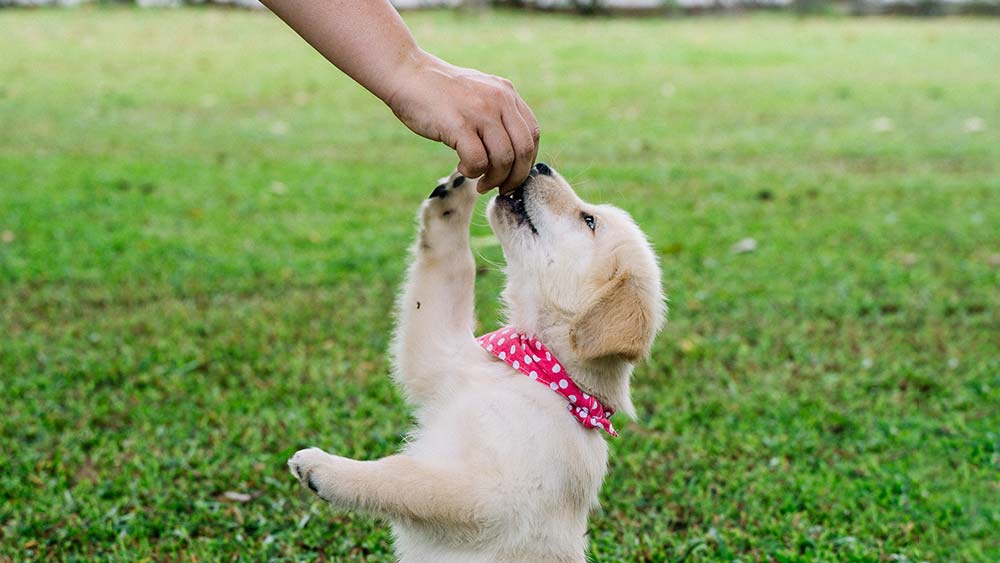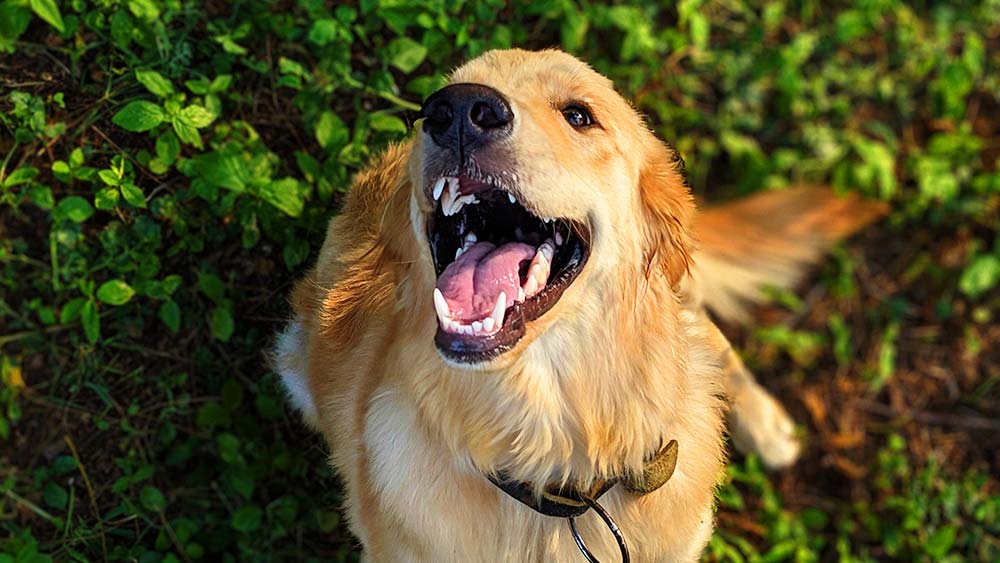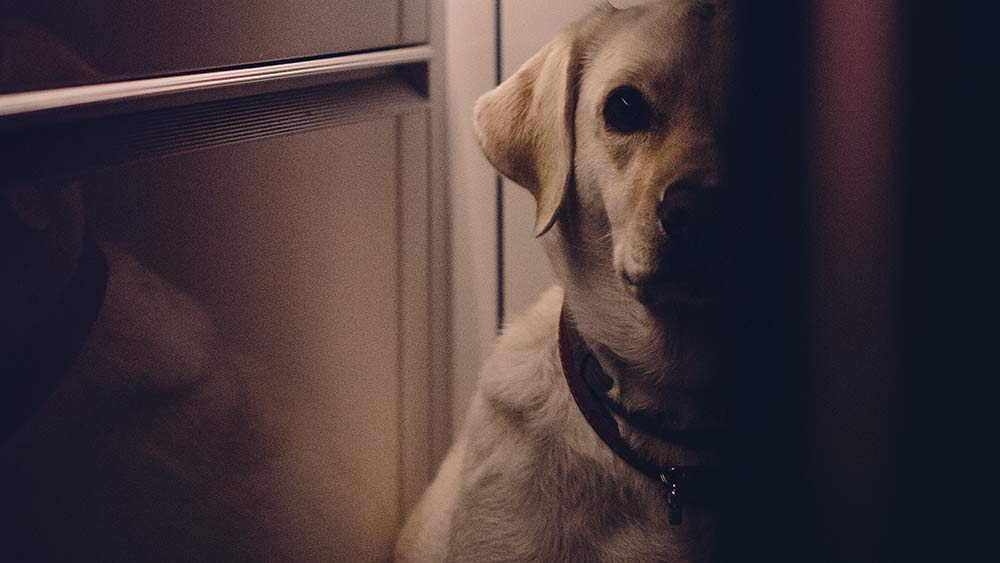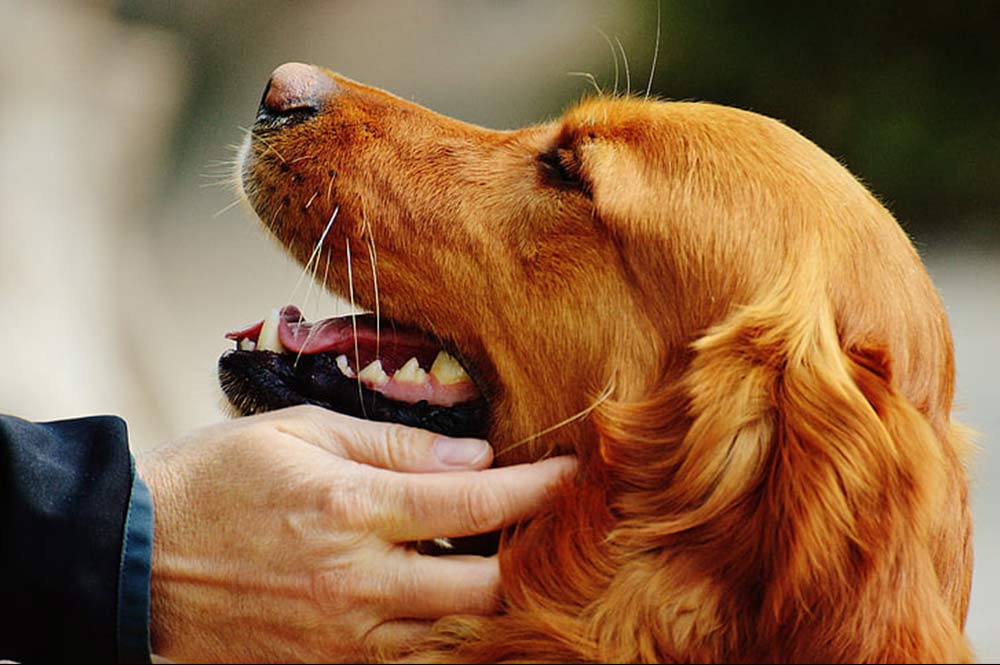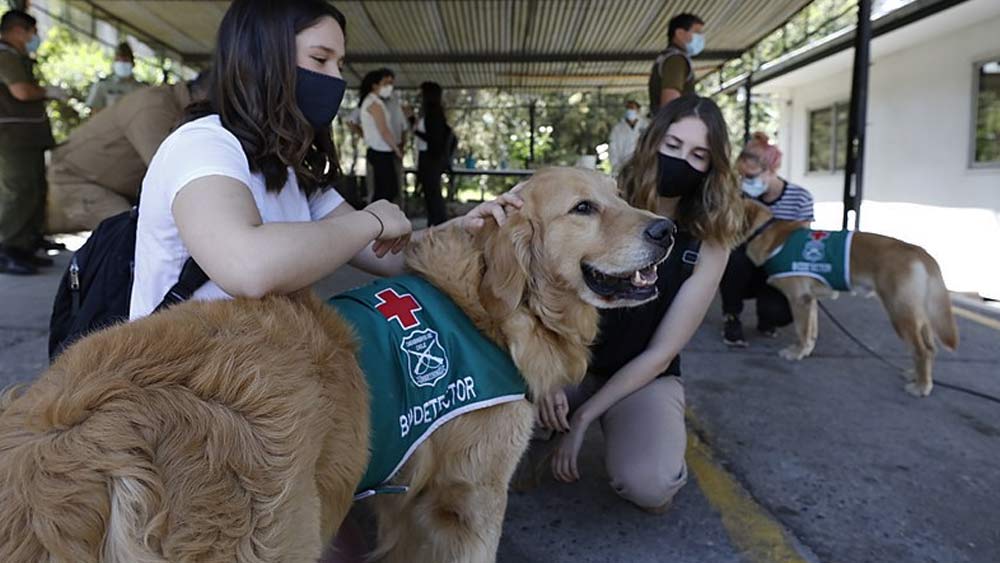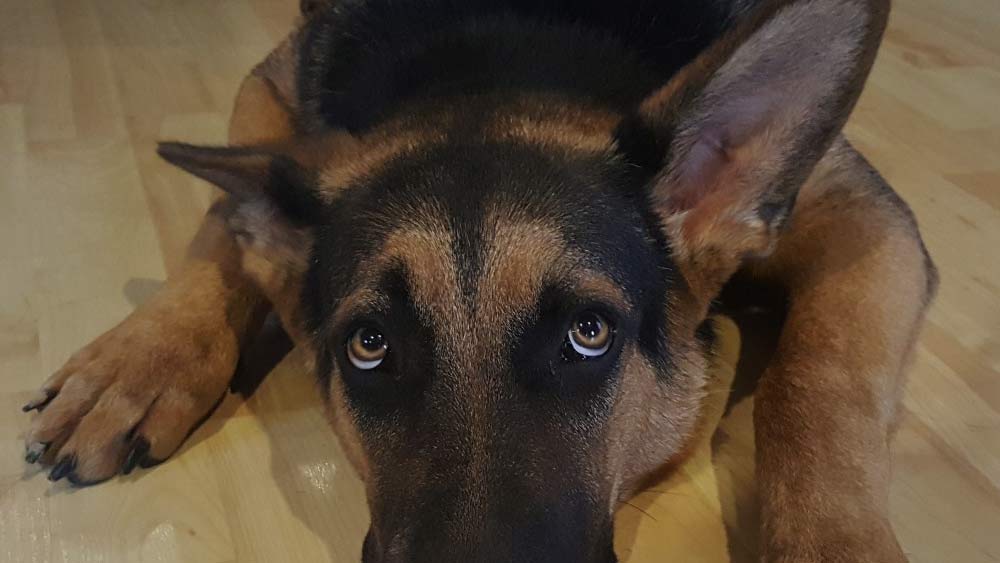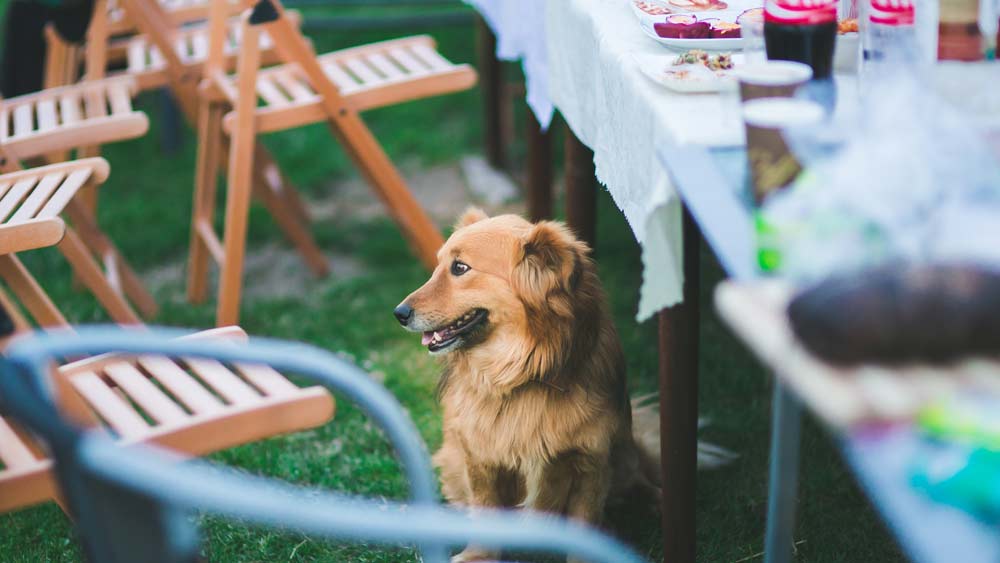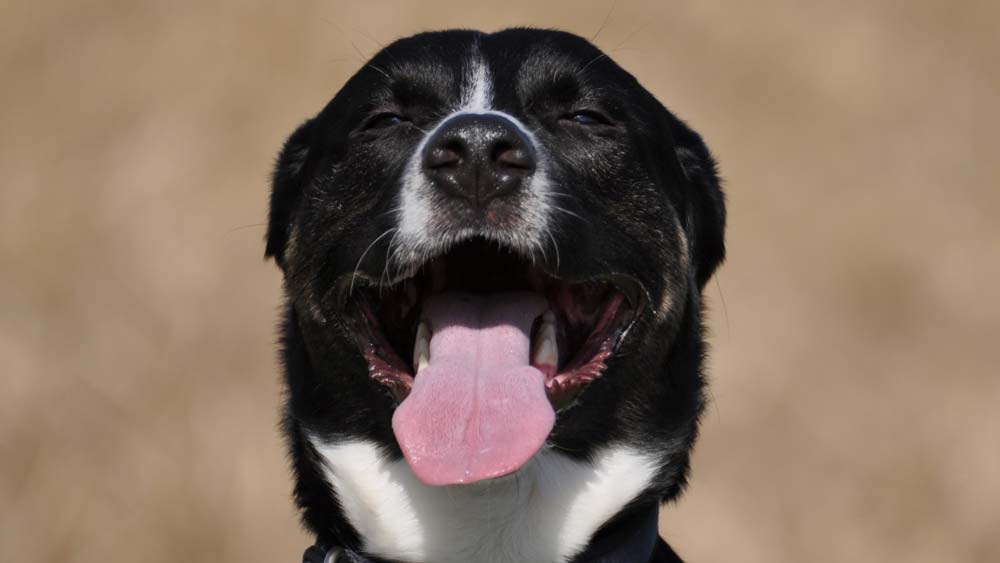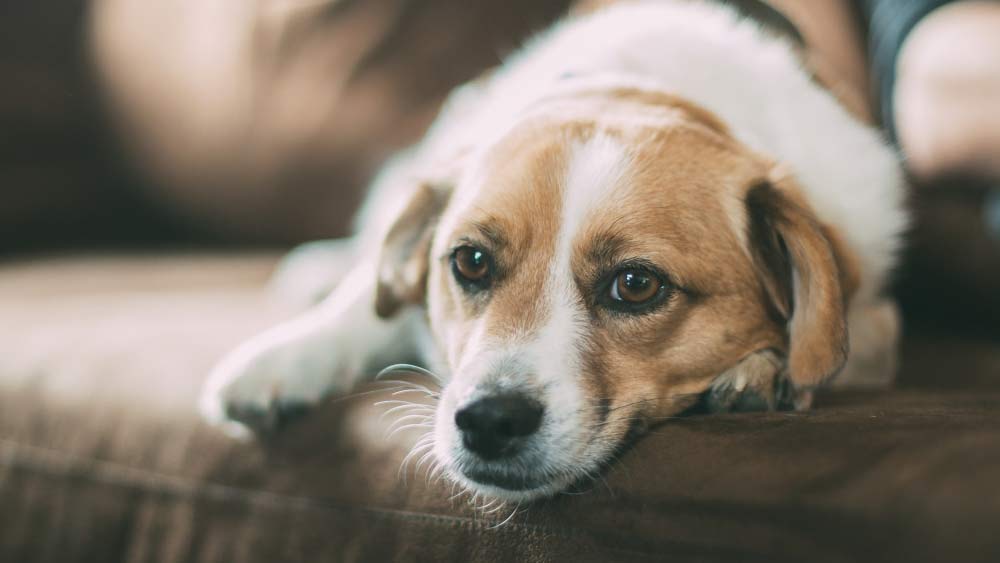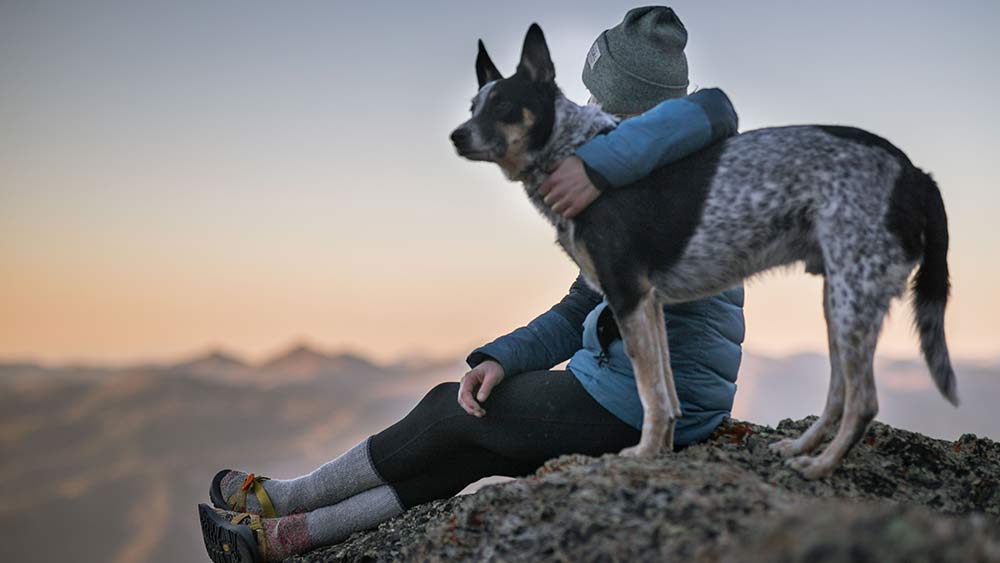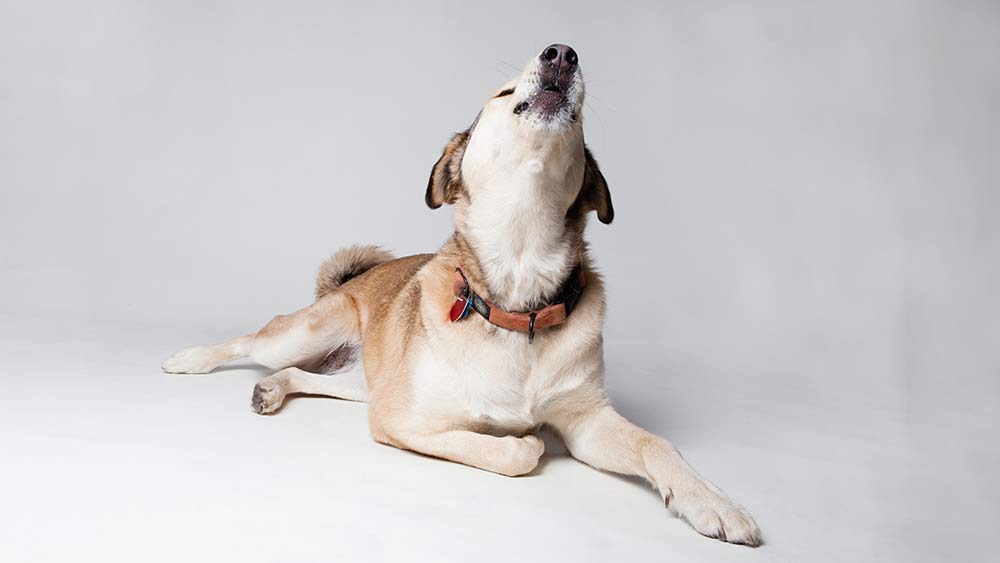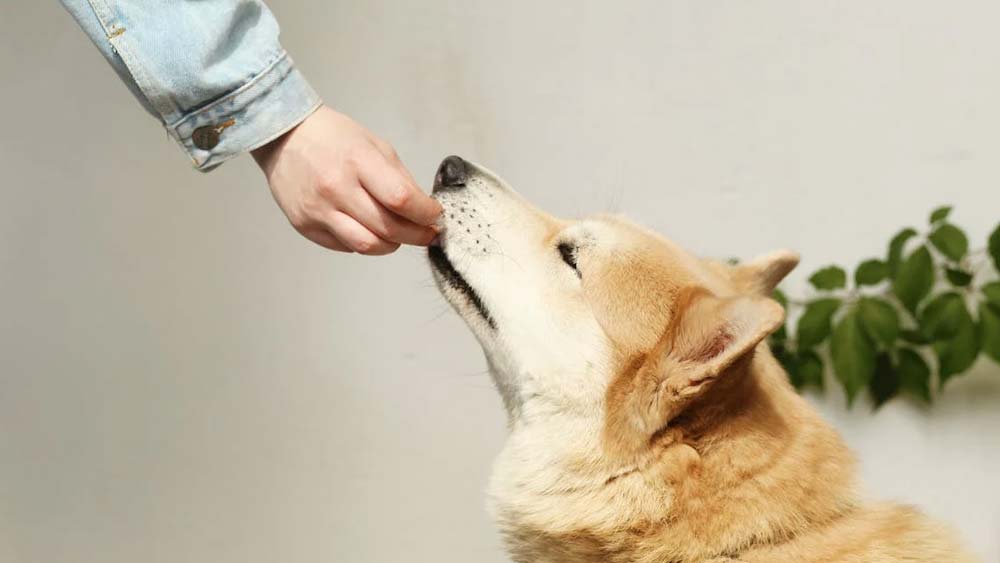Positive reinforcement training is an effective way to train your dog while maintaining a strong bond between the two of you. Positive reinforcement involves rewarding your pup for desired behaviors with treats, praise, and other forms of positive feedback. This type of reward-based training helps dogs learn faster and encourages them to display good behavior more often. With this complete guide to positive reinforcement training, you can teach your pup obedience commands and how to behave in various situations. From basic treat-training techniques all the way up to advanced methods like clicker training, we’ll cover everything you need to know about teaching your dog through positive reinforcement!
What are the benefits of Positive reinforcement training?
1. Positive reinforcement training encourages desired behaviors and develops a strong bond between the dog and the owner.
2. Positive reinforcement helps dogs learn faster than other methods of training.
3. Positive reinforcement leads to more reliable results from obedience commands and better behavior in various situations.
4. Positive reinforcement is an effective way to teach your pup how to behave without fear or punishment-based techniques, which can lead to long-term issues such as aggression or anxiety disorders in dogs.
5. Treats are an easy reward that most dogs will respond positively to, making it simple for owners to reinforce wanted behaviors quickly and efficiently while they’re learning new tricks or commands with their pup!
6. Clicker training is a positive reinforcement method that uses a clicker tool as a marker signal when the dog performs correctly – this allows for precise reward timing, so the pup learns even faster!
How do I use Positive reinforcement to train my dog?
Positive reinforcement training is a great way to teach your pup obedience commands and how to behave in different settings. Here are the steps to get you started with positive reinforcement training:
1. Prepare Positive Reinforcement:
Before getting started, ensure you have a variety of treats your dog enjoys and verbal rewards like praise or verbal cues.
2. Introduce the Command:
Start by introducing your pup to the command or behavior you want them to learn. Say the command clearly and enthusiastically, rewarding them for getting it right.
3. Use Positive Reinforcement:
As your pup begins to understand the command, use positive reinforcement to reward them for their progress. This can be done through treats, verbal praise, petting, or playing with your pup – whatever they like best!
4. Increase Difficulty:
As your pup starts to master the command or behavior you’re teaching them, gradually increase the difficulty of each task by adding more steps or increasing time limits. This will help them learn faster and become more reliable in the long run.
5. Repeat:
Finally, continue to practice the command or behavior regularly until your pup has mastered it entirely! Practice makes perfect, so ensure you repeat each task to ensure your pup succeeds.
When to use Positive reinforcement?
1. When you are trying to teach your dog a new command or behavior
2. When your pup is exhibiting good behavior, and you want them to keep it up
3. When introducing a new environment or situation to your dog
4. During leash training, potty training, and obedience commands
5. For transitioning away from punishment-based methods of pet training
6. To build trust between the owner and the pup during socialization activities
7. Any time when you need consistent results quickly!
Positive reinforcement should be used anytime you want to reward your pup for good behavior or when teaching them a new command or trick. This type of training should also be used instead of punishment-based methods, which have been proven to cause long-term issues like aggression or anxiety disorders in dogs. Positive reinforcement is an effective choice for owners of all levels, from beginner pup parents to experienced trainers
Important tips when using Positive Reinforcement in training a dog:
Use It for a variety of purposes.
Positive reinforcement can be used for basic obedience commands and introducing new environments or situations to your pup. Positive reinforcement is also a great way to reward good behavior and increase the bond between you and your pet!
The key is consistency.
Positive reinforcement works best when it is consistent. Ensure to reward your pup consistently and regularly when they do something right so they understand that the behavior is wanted.
Keep treats handy.
Treats at hand will help you reward successes quickly before your pup can forget what prompted the treat in the first place.
Reward progress, not perfection.
Positive reinforcement works best when you reward progress instead of perfection. This way, your pup will be more motivated to continue learning new tricks or commands and make fewer mistakes in the long run.
Be Positive and Patient.
Positive reinforcement training can take time, so staying patient and positive throughout the process is important. Your pup will learn faster and be more trusting of you if they know that rewards come with good behavior!
Keep it simple.
Start with simple commands and behaviors, then gradually increase the difficulty as your pup gets better. This will help them learn faster and more reliably.
Time it right
Timing is key when it comes to positive reinforcement. Ensure you reward your pup quickly after good behavior to ensure they understand the desired outcome. This will help them learn faster and stay focused on the command or behavior they are taught.
What type of treats should I use for Positive reinforcement training?
The type of treat you use for Positive reinforcement training depends on what your pup likes. You can experiment with different types and see which one works best for them. Some treats that are popular include small pieces of fresh fruit, cooked chicken or beef, cheese cubes, commercial dog treats, etc. Additionally, some dogs may prefer verbal rewards such as praise, petting, and belly rubs to treats. Ultimately, it’s important to use meaningful rewards for your pup to make Positive reinforcement training more effective!
What is the best way to start with Positive reinforcement training for dogs?
Rewards your dog with a treat or praise for good behavior to encourage it.
1. Clicker Training – Uses the clicker’s sound as a marker signal when your pup does something correctly and rewards them with treats shortly after.
2. Crate Training – Teaches dogs proper house-training by confining them in a crate for short periods of time until they learn how long they can hold their bladder and control themselves indoors.
3. Positive Attention – Providing positive attention such as petting, playing, or talking to your puppy whenever they exhibit desirable behaviors will help reinforce those habits and make sure that they repeat the behavior in the future!
4. Treats & Toys – Offering treats or toys each time your pup performs an action can be used as a reward that motivates him/her to behave better daily!
Can Positive reinforcement be used to stop problem behaviors in dogs?
Yes, Positive reinforcement can be used to alter negative behavior in dogs. Positive punishment involves giving the dog an undesired consequence, such as a verbal reprimand or a time-out when they display bad behaviors. Positive reinforcement encourages desired behaviors by rewarding the pup with treats and praise, reinforcing good habits.
Positive punishment involves giving the dog an undesired consequence, such as a verbal reprimand or time out when they display bad behavior, helping to reduce negative behavior over time.
Treats are an easy reward that most dogs will respond positively to, making it simple for owners to reinforce wanted behaviors quickly and effectively while learning new tricks or commands with their pup!
Over time, this method should help reduce problem behaviors in your pup!
Conclusion
Positive reinforcement training is an effective and fun way to reinforce good behaviors in your pup. With consistent practice, patience, and positive rewards, you can help shape their behavior quickly and effectively. It’s important to start with simple commands or tricks that are easy for your dog to understand so they don’t become overwhelmed or disinterested in learning new things. Positive punishment can also be used alongside Positive reinforcement when needed as long as it’s done calmly and consistently. Ultimately, Positive reinforcement training should provide a great bonding experience while teaching you and your pup how to behave properly! Don’t forget that treats aren’t the only reward – verbal praise, petting, and belly rubs also counts! So get out there with some tasty treats (or even better – toys!) ready for Positive reinforcement training today!

